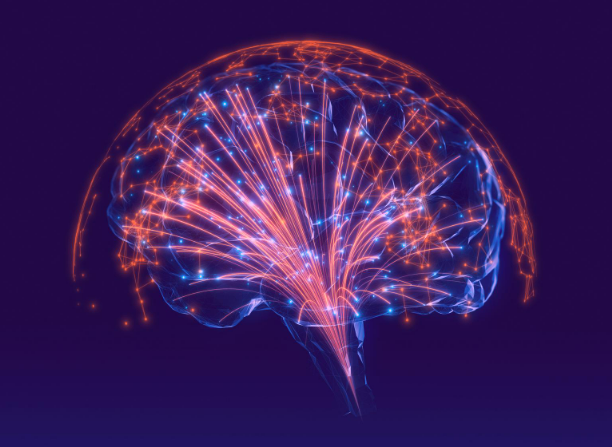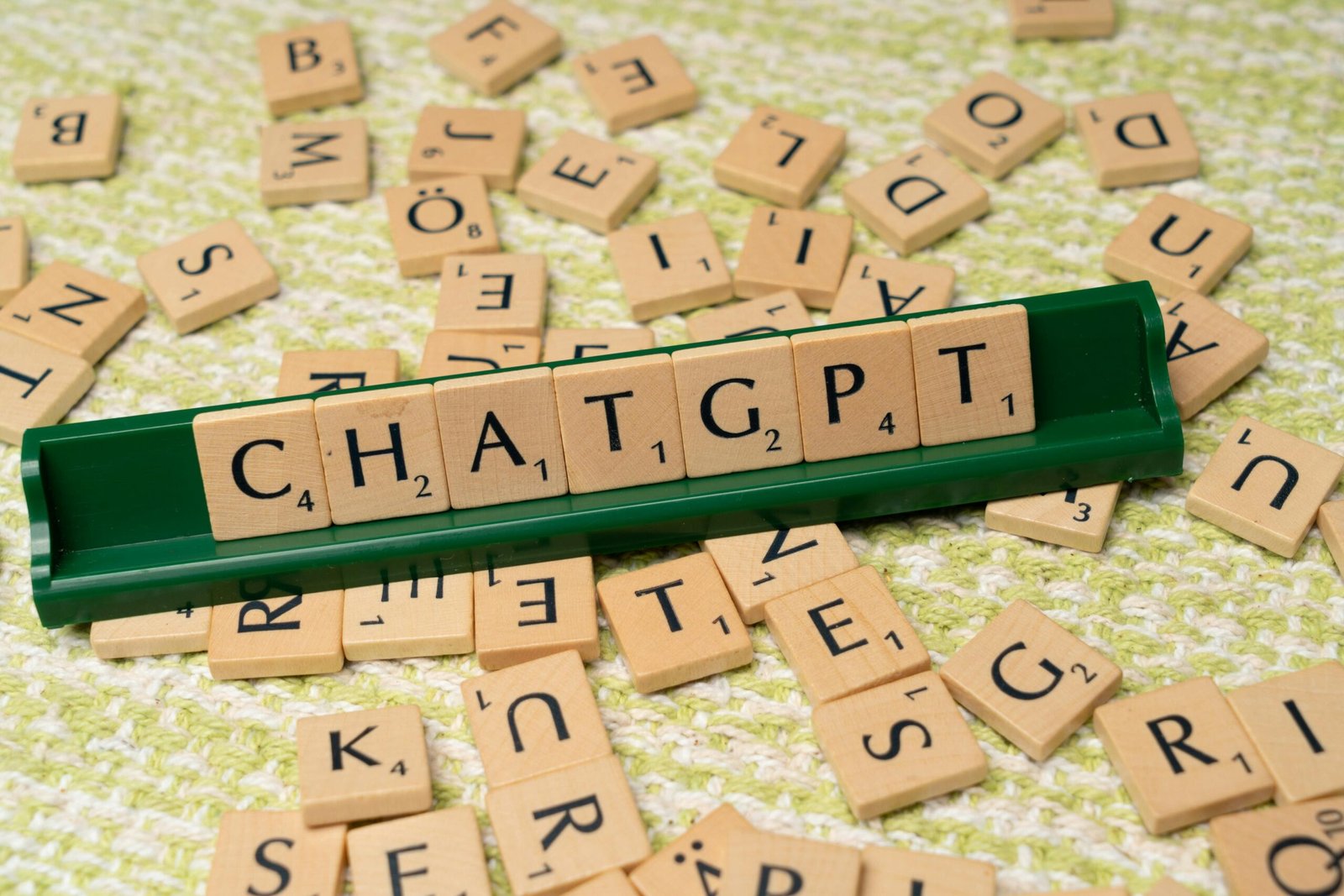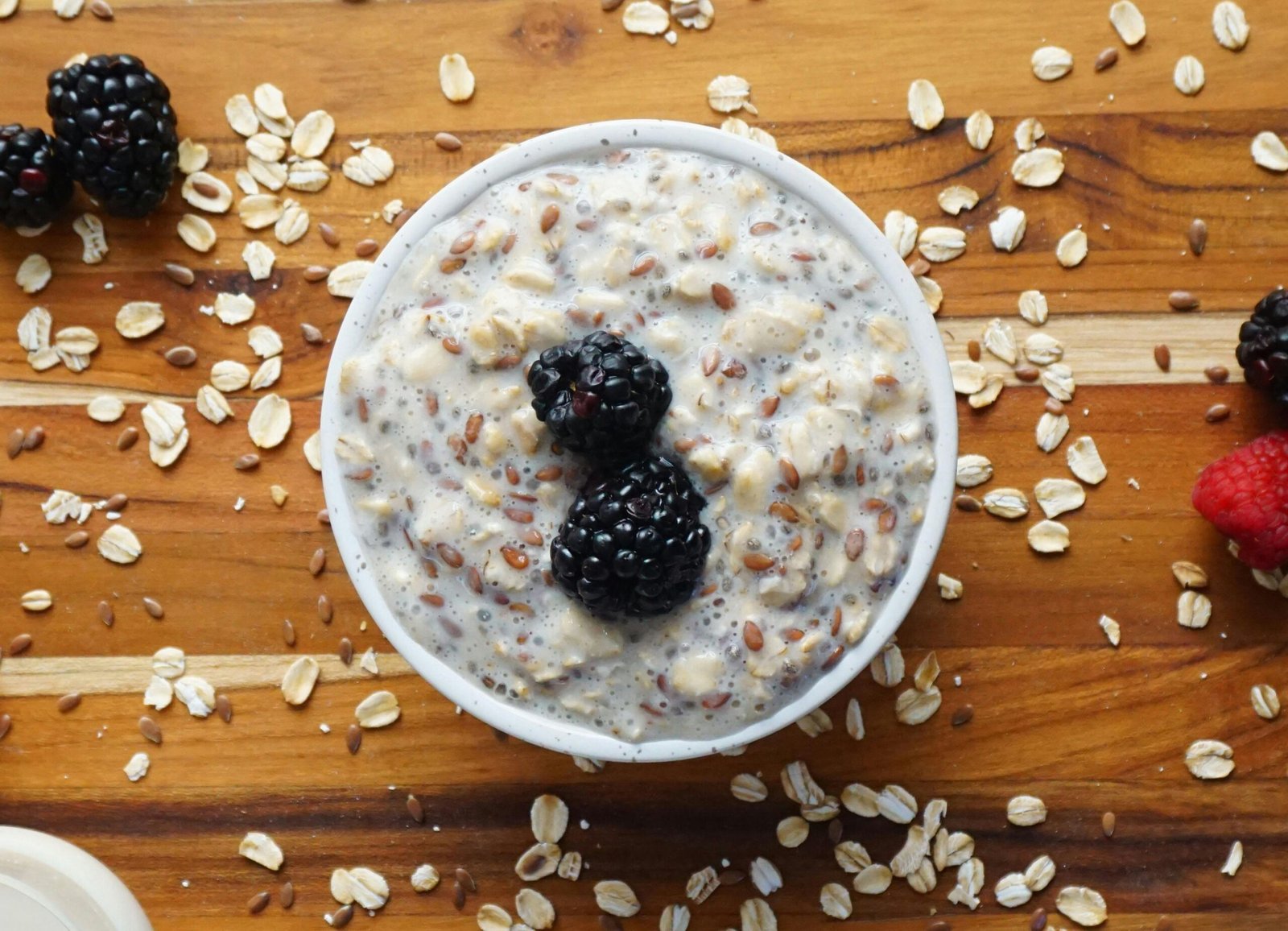Energy for the Day – Brain-Supporting Nutrition
Full power for your gray matter! Eat the right foods and feel it instantly: a clear mind, razor-sharp focus, and more energy than after three espressos. Say goodbye to mental blocks and tired moments – here’s the turbo fuel for your brain! .
Our brain is like a high-performance data center. It constantly processes data, controls movements, emotions, memories – and for that, it needs constant energy. When the energy supply is stable, everything runs relatively smoothly. If the energy supply fluctuates, it leads to failures, mental blocks, or error messages.
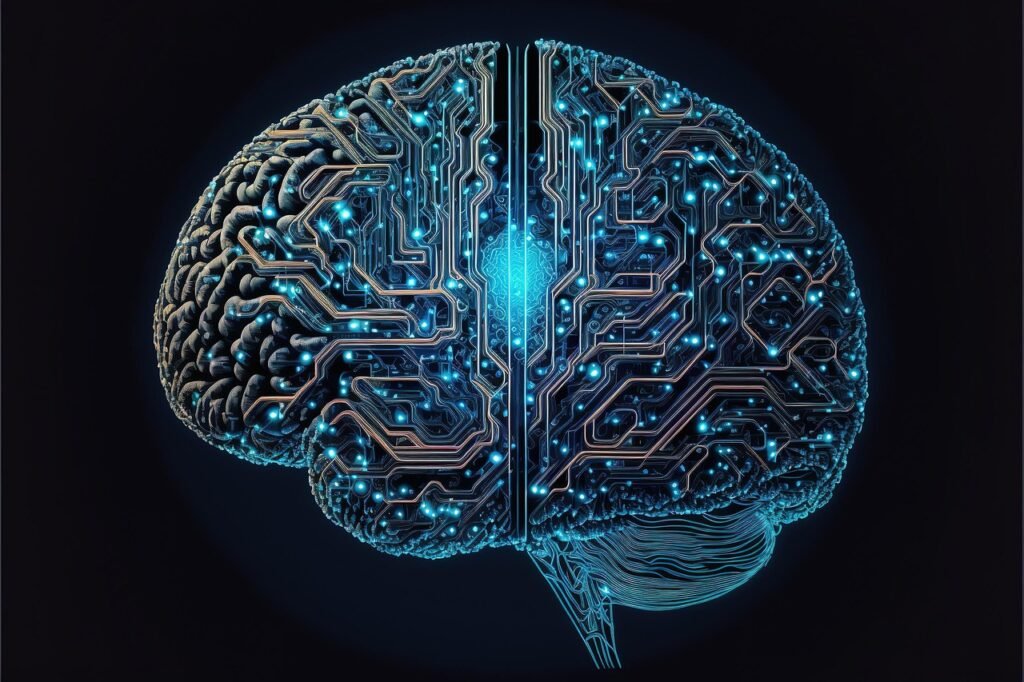
Here are some Key Facts about the Brain
| Feature | Value / Description |
| Percentage of Body Weight | approx. 2% (avg. 1.3–1.5 kg in adults) |
| Energy Consumption (at rest/basal metabolic rate) | approx. 20% of the body’s total energy |
| Daily Glucose Requirement | approx. 120 g glucose per day exclusively for the brain |
| Oxygen Requirement | approx. 20% of the body’s total O₂ consumption |
Why Does the Brain Need so much Energy?
Neural Pathways – our Data Highway
- Every movement, every thought, every feeling = electrical signals.
- This constantly requires energy (similar to a phone that is constantly drawing power).
- Example:
- When you raise your hand, billions of mini-signals simultaneously travel through your neural pathways.
- These signals control arms, legs, speech, facial expressions, balance.
- Without stable energy:
- Tremors, slowed movements, nervousness.
Signal Transmission – our Brain’s Communication
- Neurons “talk” to each other via synapses – this happens millions of times per second.
- Energy is needed to produce and release neurotransmitters.
- Examples of signals:
- Seeing (translating light stimuli into the brain)
- Hearing (transforming sounds into speech or music)
- Emotions (joy, fear, motivation – all chemical signals)
- Decisions (weighing: Do I cross the street or wait?)
Concentration – our Inner Focus Spotlight
- Energy ensures that the brain filters out distracting information, allowing us to focus on what’s essential.
- Example: You’re reading a book in a café while there are noises all around. Only if your brain has energy can it maintain focus on the text.
- With energy deficiency: Distraction, restless thoughts, rapid exhaustion.
Memory – our Internal Hard Drive
- Memories are stored through new connections in the brain – this requires energy.
- Positive: learning new languages, remembering names, solving problems.
- Negative with energy deficiency: “word-finding difficulties,” misplacing things, and in the long term, even a risk for diseases like Alzheimer’s or dementia.
Hormones & Mood
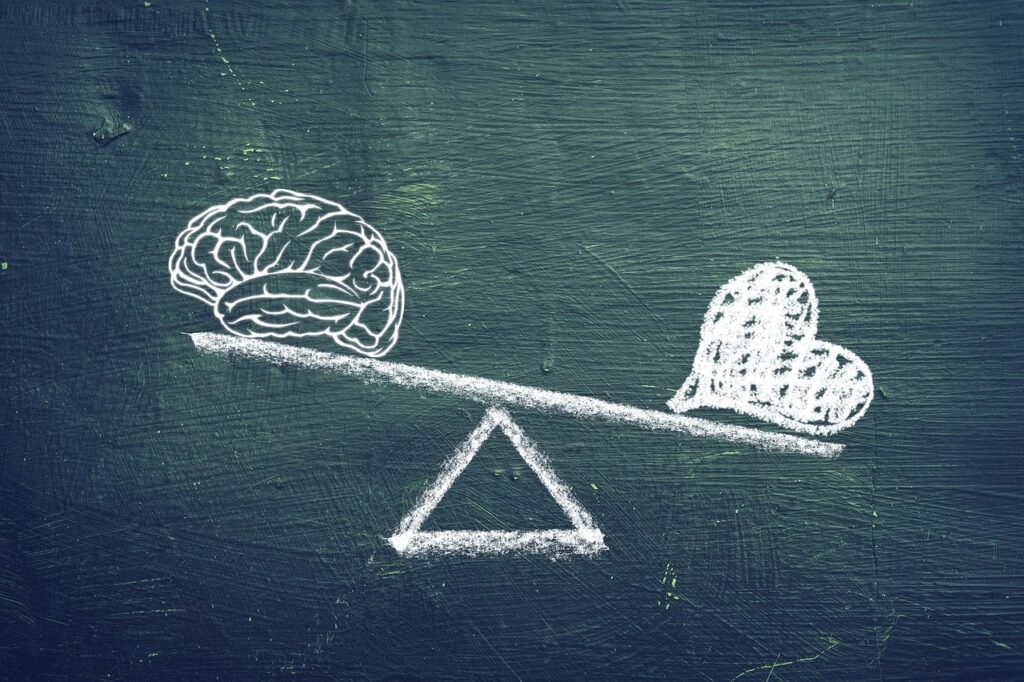
- Many hormones in the brain (serotonin, dopamine, cortisol) require energy and nutrients to be formed.
- Positive: Feelings of happiness, motivation, inner peace.
- Negative: Irritability, lack of drive, depressive moods.
Cell Protection & Repair
- Brain cells are high-performance cells, but also sensitive.
- Antioxidants & omega-3 fatty acids protect them from “wear and tear” (oxidative stress).
- Energy ensures that cells regenerate and do not degrade prematurely.
- Without cell protection: higher risk for chronic inflammation and aging processes in the brain.
Summary
The brain needs so much energy because it:
- Supplies neural pathways – for movement, speech, sensory perception.
- Exchanges signals – for seeing, hearing, feeling, deciding.
- Enables concentration – focus on what’s essential.
- Stores memory – learning, remembering, understanding.
- Regulates hormones – mood, motivation, stress balance.
- Protects cells – against aging, stress & diseases.

The Right Nutrients for the Brain
For the brain to remain high-performing, it needs not only energy but also the right “building blocks” and “protective substances.”
Here, it primarily needs five things:
- Long-chain carbohydrates – they provide steady energy and prevent the typical performance dip after sugar.
- Proteins – they are the building blocks for our brain’s neurotransmitters, which control mood, motivation, and concentration.
- Healthy fats, especially omega-3 – they protect nerve cells and ensure that information is transmitted quickly.
- Vitamins and minerals – they are like little helpers that ensure energy can be converted into performance at all.
- Antioxidants – they protect sensitive brain cells from stress and aging.
If we incorporate these five categories into our diet, we have the basis for more concentration, better mood, and clear thinking throughout the day.
Deep Dive into the Topic
Long-Chain Carbohydrates → Energy Foundation & Blood Sugar Stability
- Why is it important? The brain runs almost exclusively on glucose. Short-chain sugars provide a short-term boost, but quickly lead to a performance drop.
- Long-chain carbohydrates release energy steadily and long-lastingly.
- Examples:
- Whole-grain oats
- Spelt & other whole grains
- Quinoa, Amaranth
- Legumes (lentils, chickpeas, beans)
- Whole-grain bread / Whole-grain pasta
- Effect: Stable concentration, less cravings, better nerve supply.
Proteins → Building Blocks for Neurotransmitters
- Neurotransmitters are the brain’s “messenger substances” – they determine mood, motivation, and focus.
- Examples:
- Eggs
- Yogurt, Quark, Cottage cheese
- Legumes (soybeans, chickpeas, lentils)
- Nuts & Seeds
- Effect:
- Dopamine → Motivation & Alertness
- Serotonin → Serenity & Good Mood
- GABA (from glutamate) → Relaxation & Calm
Healthy Fats (Especially Omega-3) → Cell Protection & Neural Pathways
- 60% of the brain consists of fat – especially omega-3 fatty acids are essential.
- Examples:
- Flaxseed oil, Walnuts, Chia seeds, Hemp seeds
- Avocado, Olive oil
- (Fish: Salmon, Mackerel – if you want to mention that; probably not for you)
- Effect:
- Building & Protection of Nerve Cells
- better signal transmission
- anti-inflammatory
Vitamins & Minerals → Catalysts for Energy & Nerves
- Without micronutrients, the “machinery” doesn’t run smoothly.
- Beispiele & Wirkung:
- B Vitamins (B1, B6, B9, B12) → Energy metabolism, concentration, nerve function
- Magnesium → Stress reduction, nerve conduction
- Iron → Oxygen transport → clear thinking
- Zinc → Neurotransmitters, memory formation
- Vitamin D → Mood, immune strength
Antioxidants → Cell Protection & Anti-aging
- The brain produces a lot of “waste” (free radicals) that can damage cells. Antioxidants act like a shield.
- Examples:
- Berries (blueberries, raspberries, currants)
- Dark green vegetables (spinach, broccoli, kale)
- Carrots, pumpkin, sweet potatoes (beta-carotene)
- Nuts & Seeds (Vitamin E)
- Cocoa (dark chocolate >70%)
- Effect:
- Protection against oxidative stress
- Delaying aging processes in the brain
- Memory support
Blood Sugar Levels and the Brain
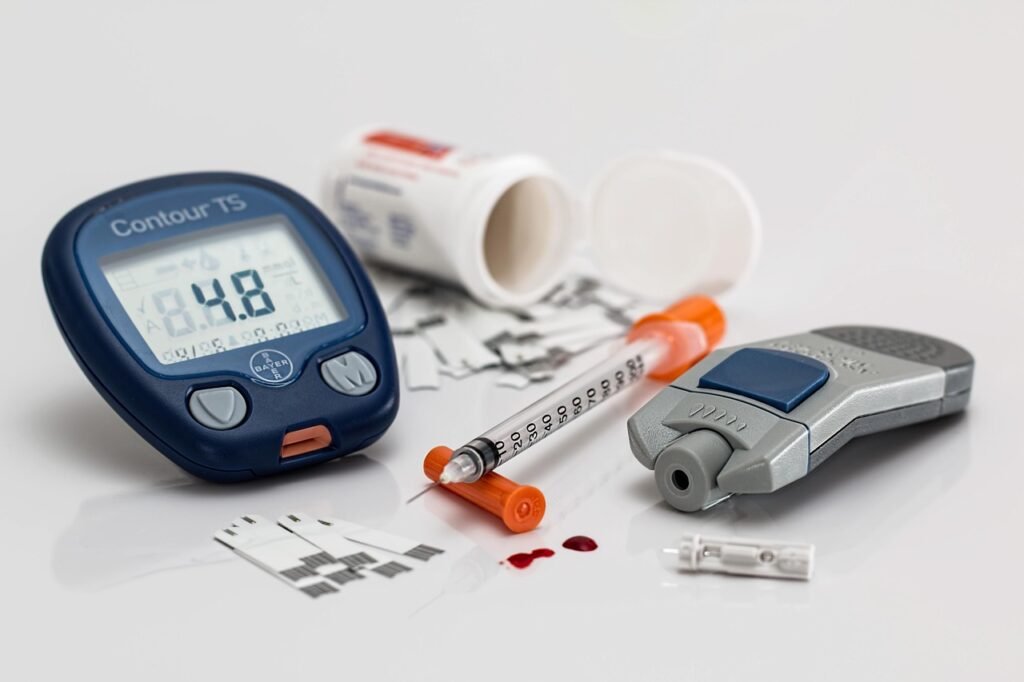
In a nutshell:
Our brain is extremely sensitive when it comes to energy from sugar.
- Fast sugars (white flour, sweets, soft drinks) first provide an energy boost – but then comes the crash: fatigue, irritability, cravings.
- Slow carbohydrates (oats, spelt, whole grains, legumes) release energy steadily – this keeps blood sugar levels stable and ensures we remain focused and calm for hours.
In short: Anyone who wants to provide their brain with stable nourishment needs a stable blood sugar curve, not a sugar roller coaster.
Energy throughout the Day – What the Brain Needs at What Time of Day
Morning – Laying the Foundation
- What does the brain need?
- Long-chain carbohydrates → stable energy to start the day
- Proteins → messengers for motivation & concentration
- Healthy fats → cell protection & signal speed
- Examples:
- Oatmeal with berries & nuts
- Whole-grain bread with avocado & egg
- Green smoothie with spinach & avocado
Lunchtime – Performance without the Afternoon Slump
- What does the brain need?
- Combination of carbohydrates & protein, but not too heavy
- Vegetables for micronutrients & dietary fiber
- Examples:
- Quinoa or lentil salad with vegetables & feta
- Whole-grain wrap with chicken & vegetables
- Sweet potato with herb quark
👉 Tip: No “pure carbohydrate bombs” (e.g., pasta without protein) → otherwise, the famous afternoon slump will hit.
Afternoon – Small Energy Boosters
- What does the brain need?
- Smaller portions that provide quick energy but don’t cause a crash
- Combination of protein + dietary fiber + some healthy fat
- Examples:
- Handful of nuts + a piece of dark chocolate
- Vegetable sticks with hummus
- Plain yogurt with berries and cinnamon
👉 Goal: Stay awake, don’t overeat.
Evening – Rest & Regeneration
- What does the brain need?
- Protein for cell repair & regeneration
- Light, easily digestible food (no sugar or fat bombs)
- Examples:
- Steamed vegetables + fish or tofu
- Salad with egg or chickpeas
- Warm vegetable soup
- Not ideal just before sleep:
- Fruit with high fructose content (e.g., apple, banana) → can strain the liver, disturb digestion
- Caffeinated items (tea, coffee, chocolate)
Summary
- Morning = Energy foundation
- Lunchtime = Performance without overload
- Afternoon = small boosters instead of sugar crash
- Evening = light regeneration
The 5-Step Formula for the Brain
| Step | Point | Your Benefit for the Brain |
| Start with Breakfast | Build a Foundation | Stable start, longer concentration |
| Grab Snacks | Small Energy Boosters | Less irritability, constant focus |
| Get Power from Fruits & Vegetables | Variety as a Shield | Antioxidants, protection against stress & aging |
| Nourish Your Nerves | Brain Needs Good Oil | Fast signal paths, better reactions |
| Get Enough Sleep | Night as Charging Time | Strengthen memory, recharge energy |
Conclusion
If we nourish our brain correctly, it rewards us with clarity, concentration, and a good mood – all day long. The 5-step formula provides a simple guide for this: breakfast as a foundation, smart snacks, power from fruits & vegetables, strengthening nerves with healthy fats, and sufficient sleep.
👉 It’s especially helpful if you plan your breakfast week in advance with a meal planner. This saves you time, reduces effort in the morning, and ensures your brain always gets the right energy.
But this is exactly where the problem lies for many: the flood of information about healthy eating is immense – and often you don’t know which tips truly fit. That’s precisely why we developed the Nutrition Coach: a smart companion that provides guidance and supports you step by step. Feel free to check out our tools if you feel that a coach by your side would do you good.
Start now!
👉 So you can get started right away, I have compiled the featured breakfast recipes as a practical download file for you.
💡 And if you’re craving more: In my blog, you’ll find many more exciting articles about nutrition, everyday energy, and smart routines. Feel free to stop by and get inspired!
📥 your Free Download
Start your day with more energy right away!
Here you’ll find the 4 breakfast recipes from the article as a practical PDF to save and try out.
References
Society for Neuroscience (2019): How Much Energy Does the Brain Use?
BrainFacts.org
Raichle, M. E. (2002): Appraising the brain’s energy budget.
Proceedings of the National Academy of Sciences (PNAS).
PubMed Central
Bond University (2021): How much energy do we expend using our brains?
Bond.edu.au
Prof. Smollich, M. (2021): Nutrition and Brain Function – Overview of nutrients, Blood Sugar, and Cognitive Performance. (Summary from teaching materials and specialist literature)
Own Recipe Ideas & Implementations:
- Whole-grain porridge with chia seeds, walnuts & blueberries
- Whole-grain bread with avocado & egg
- Porridge with chestnuts, sesame & pear
- Green smoothie with spinach, apple, banana & avocado
